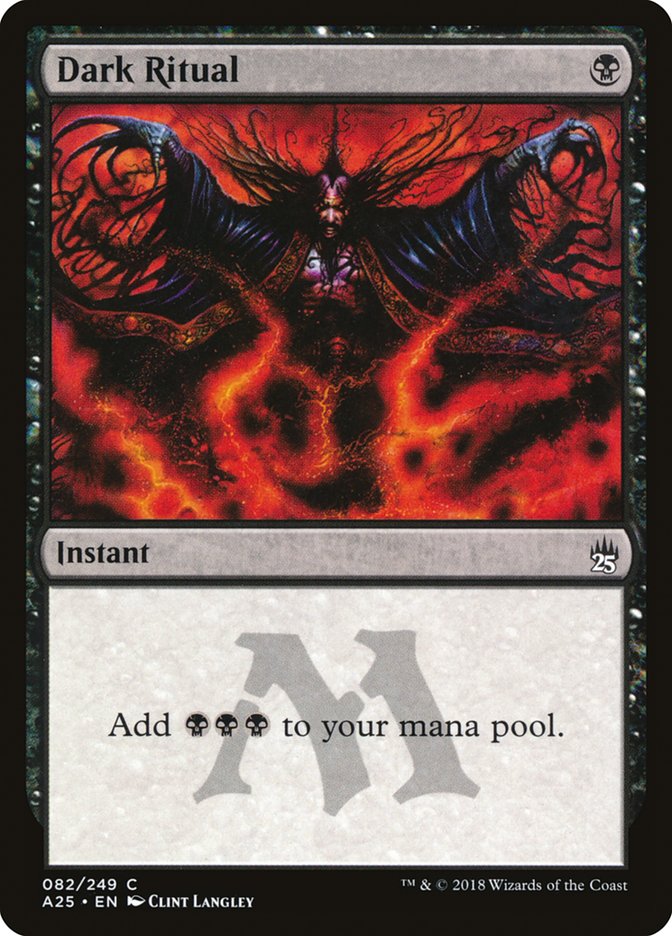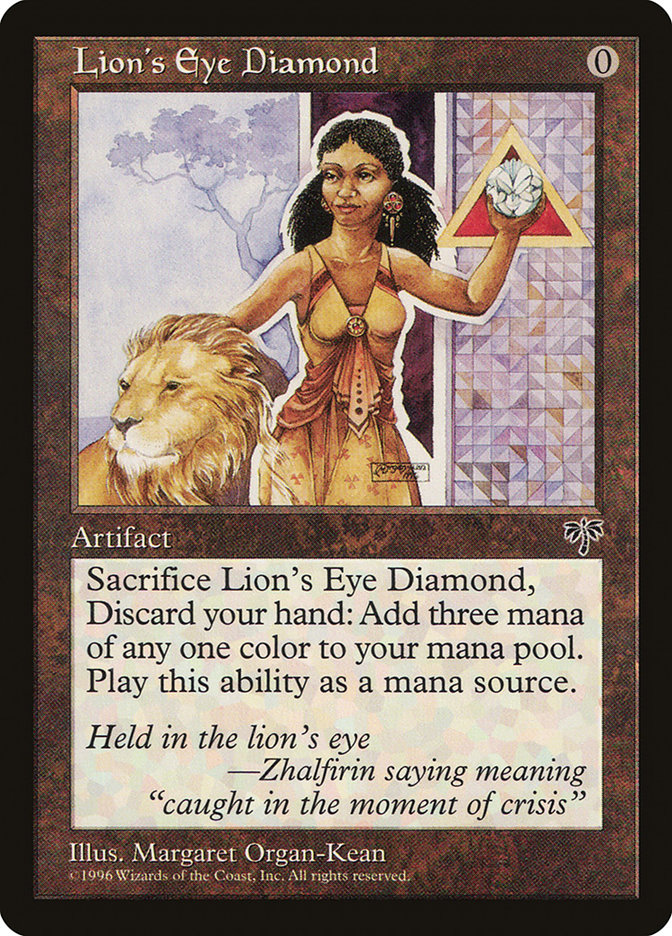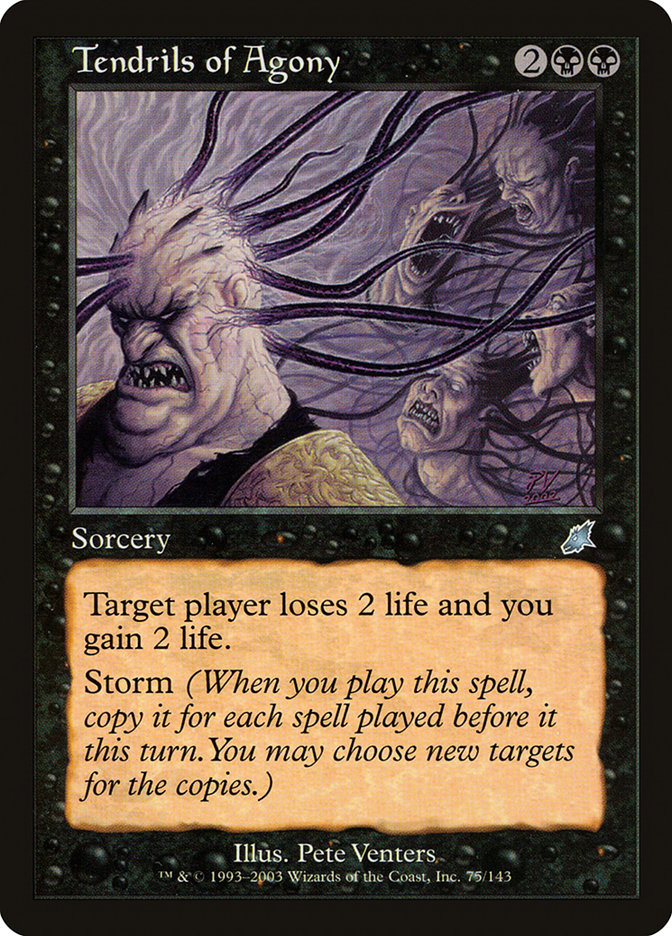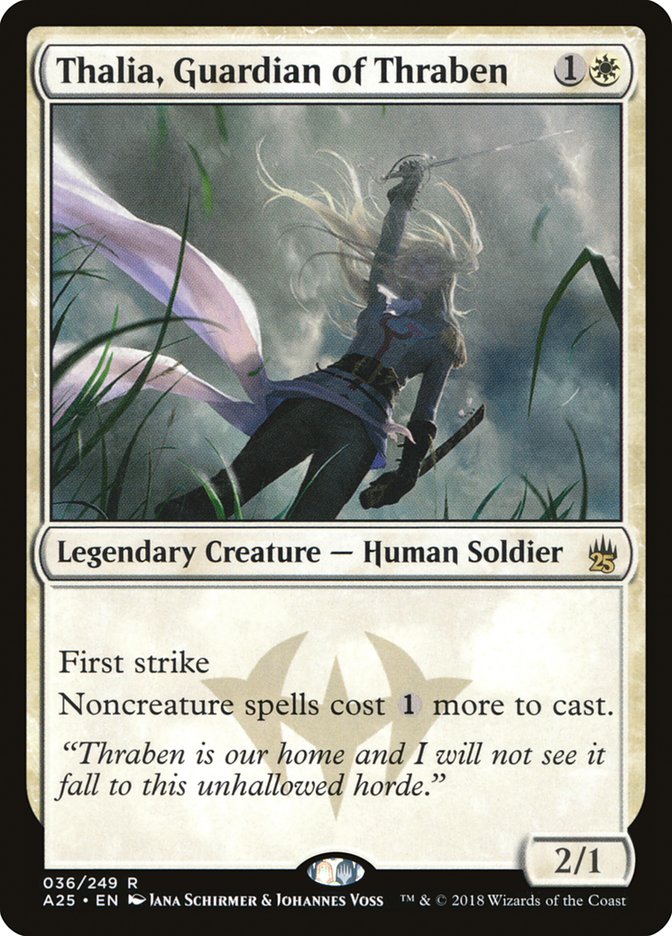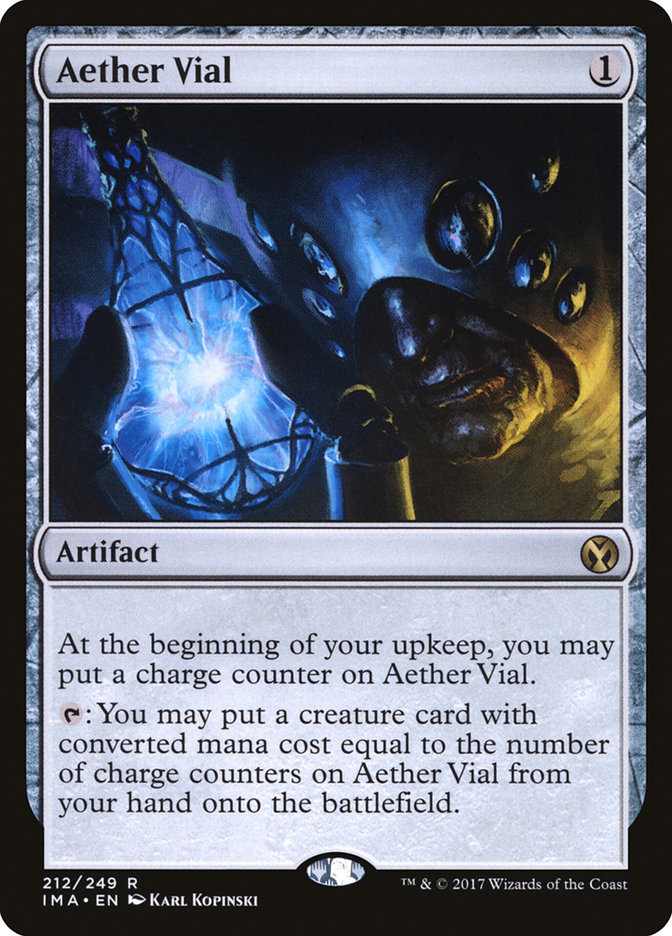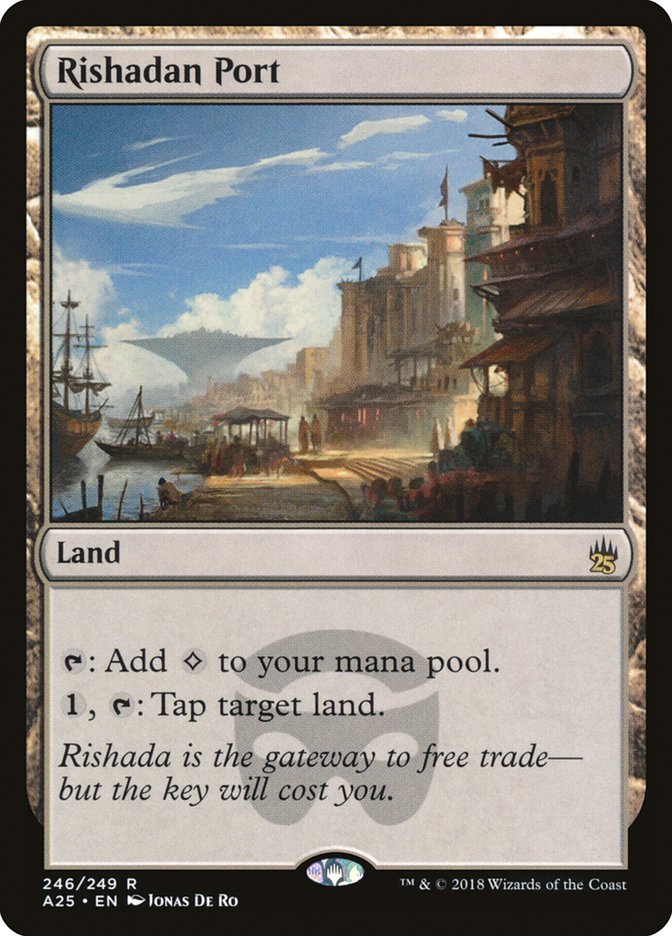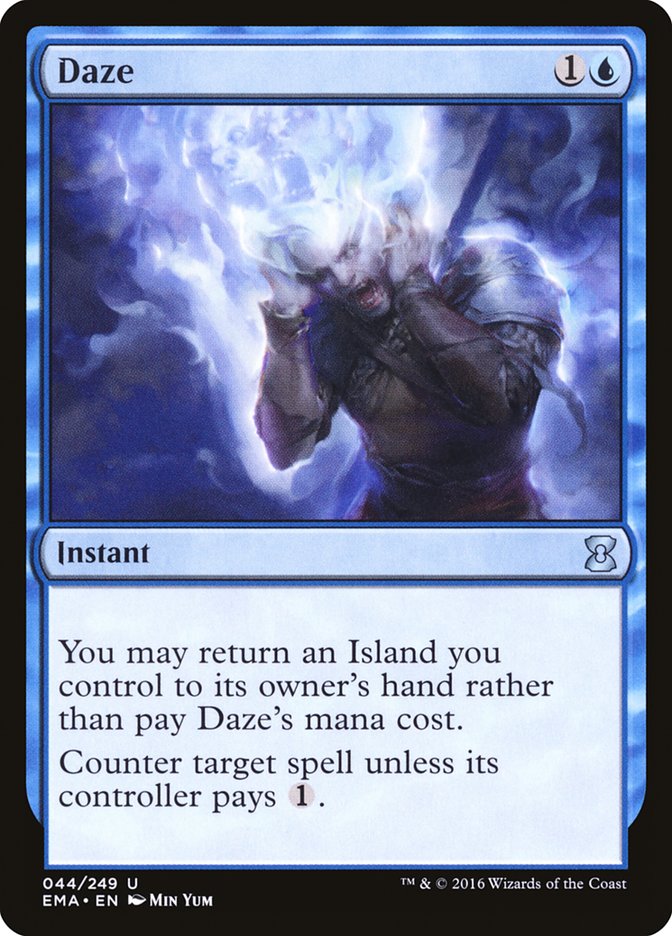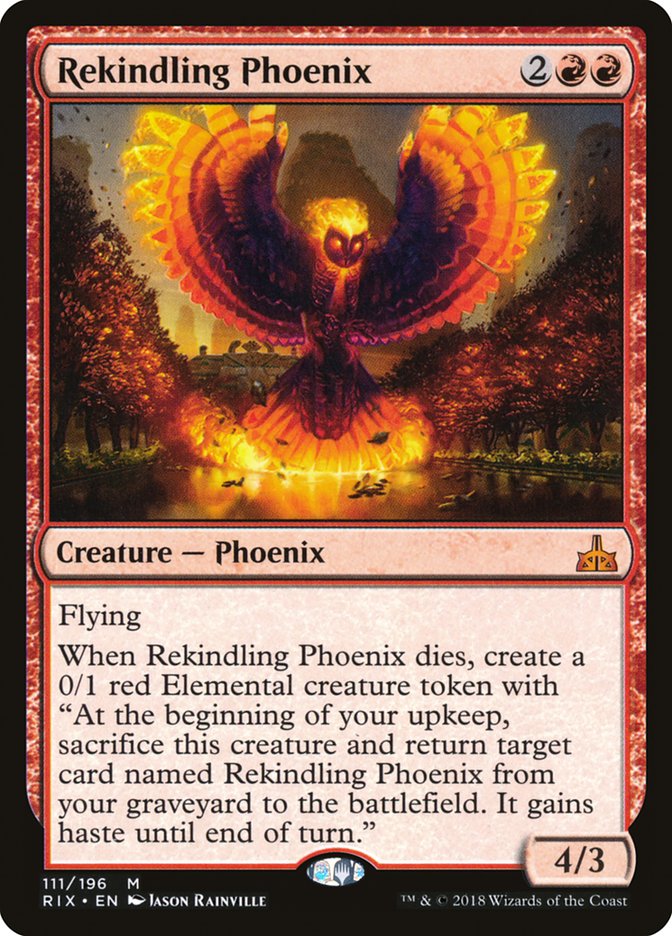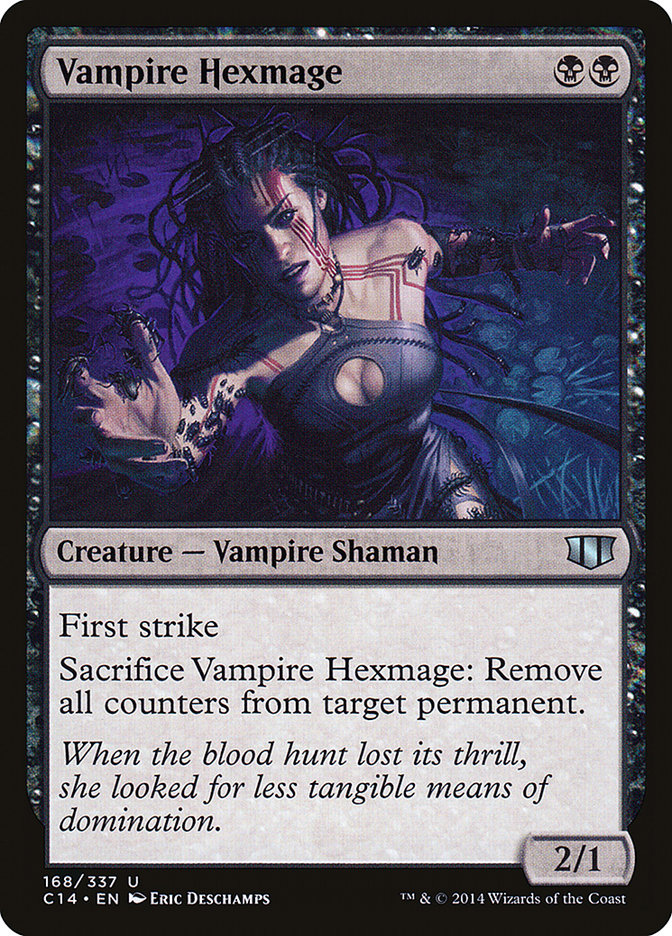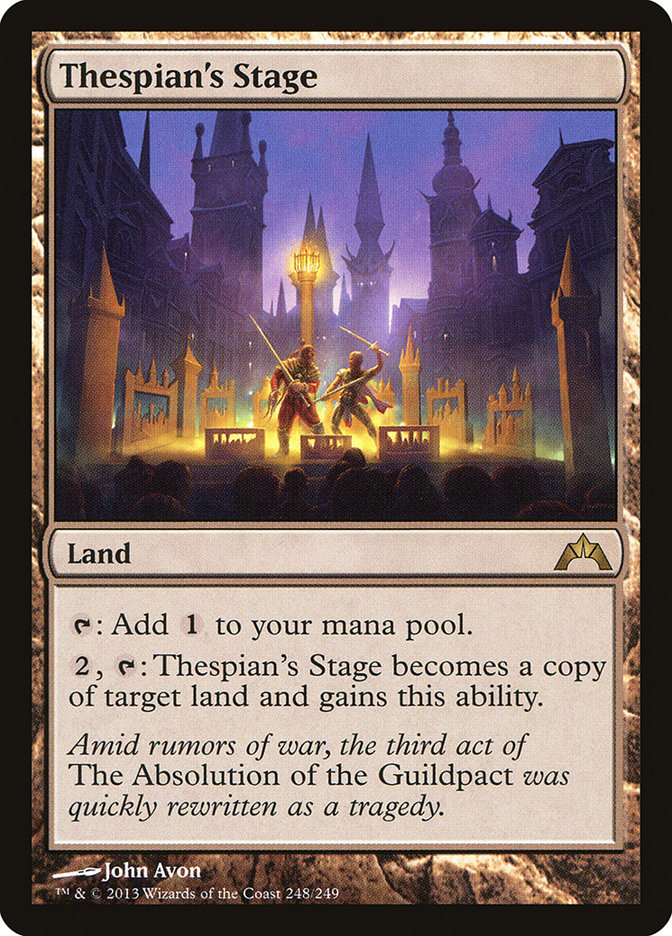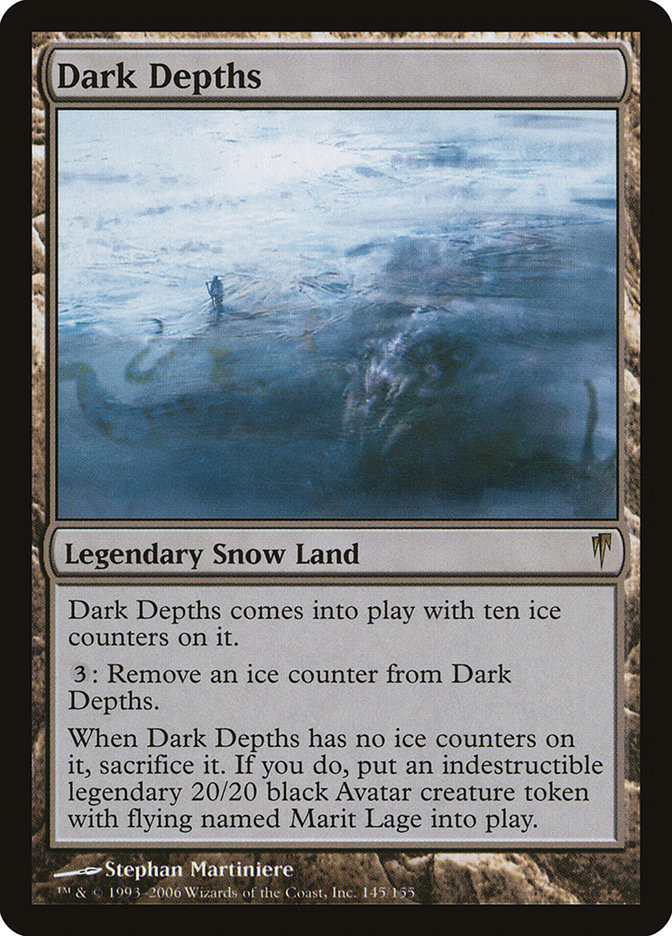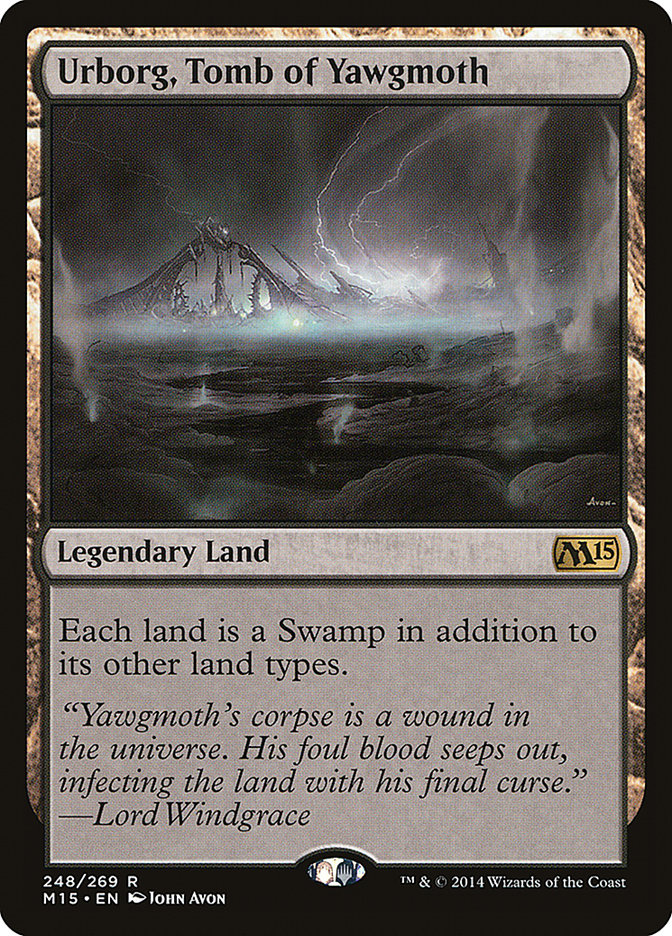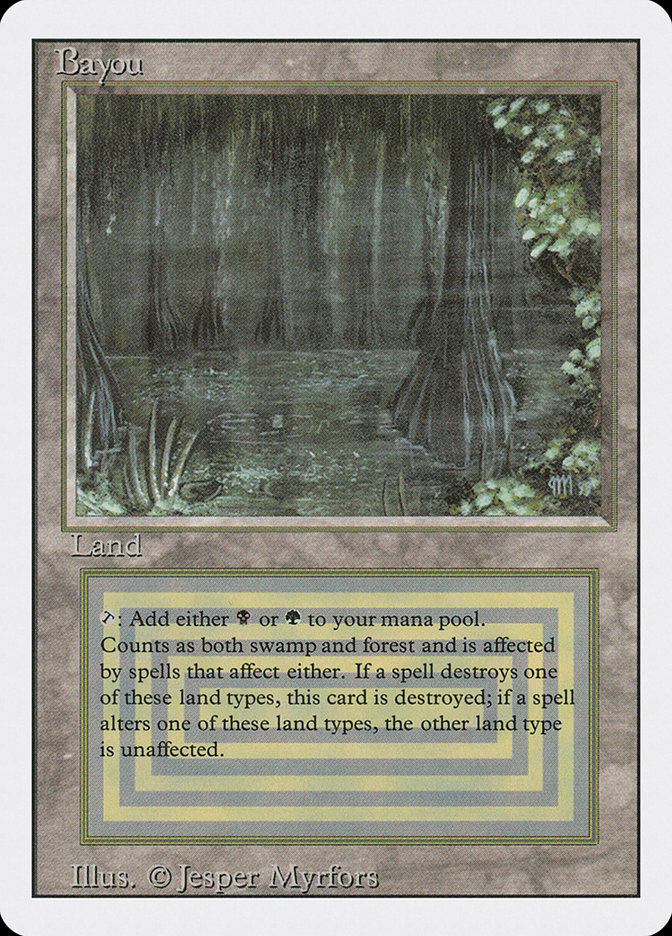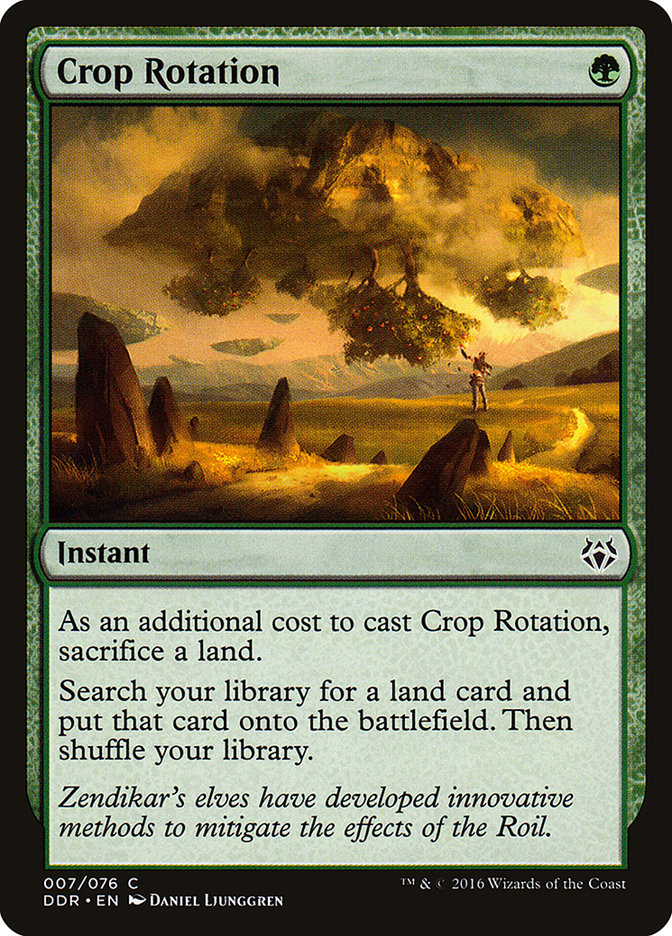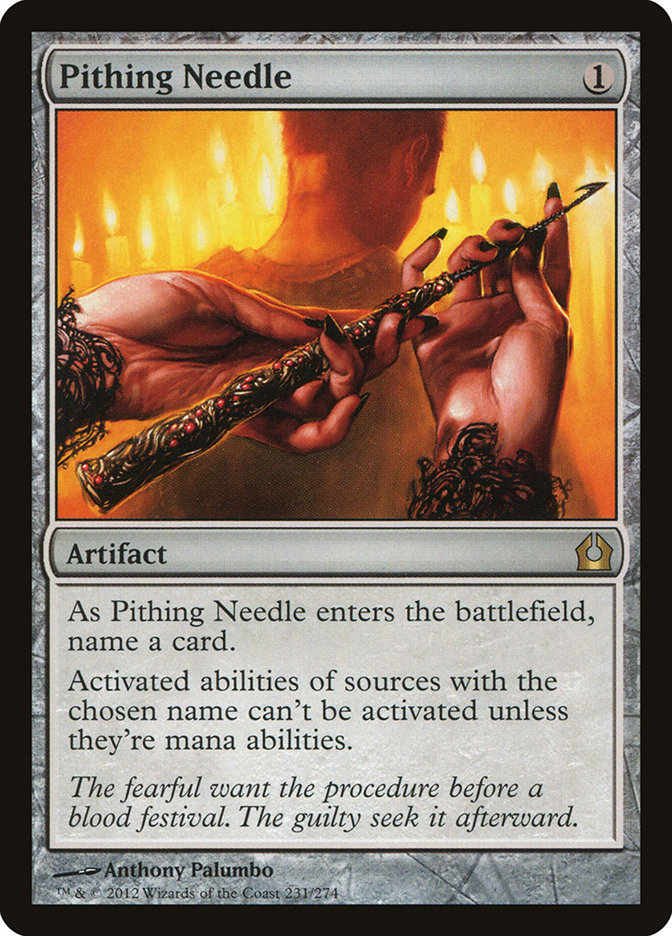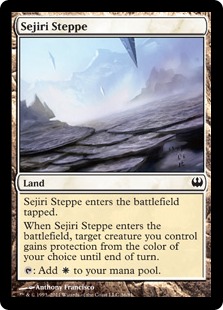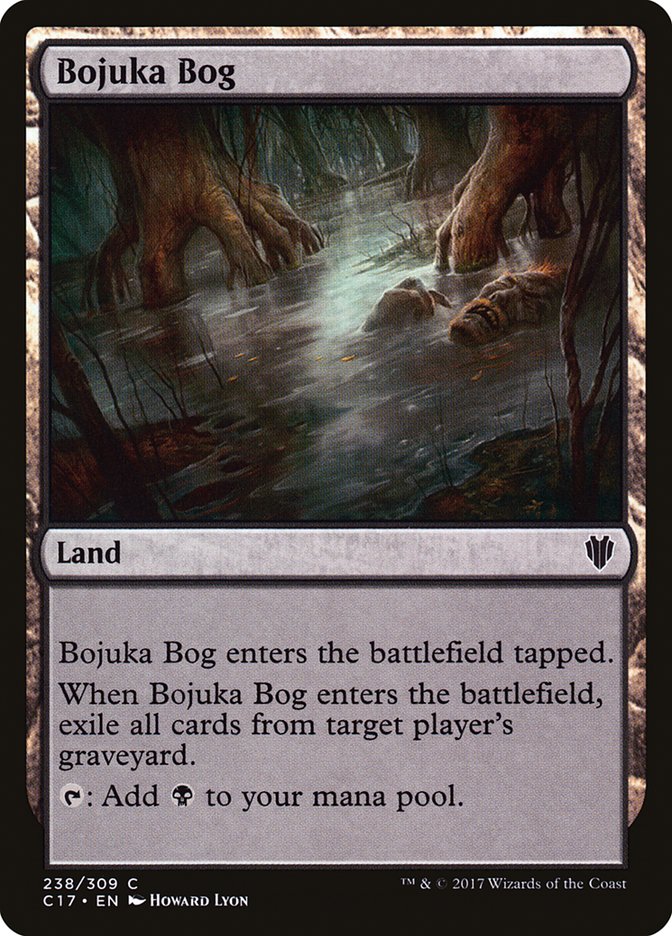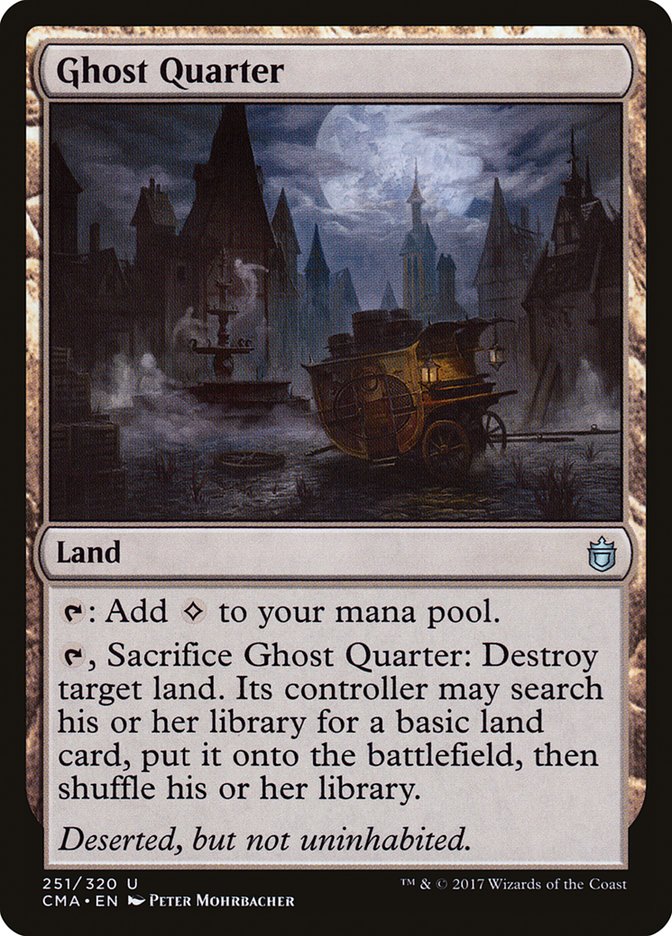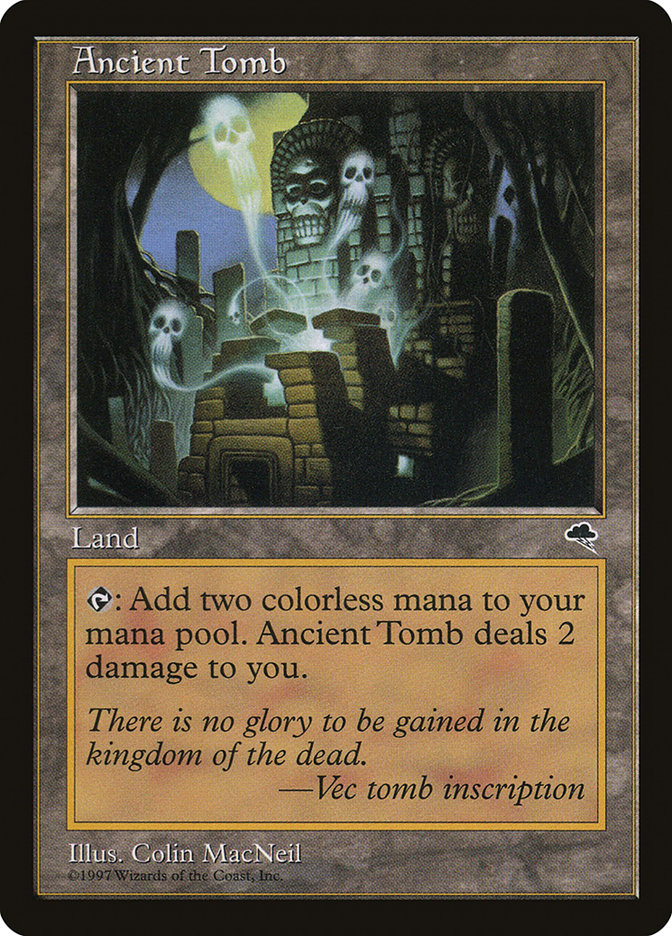“Dude, sucking at something is the first step to being sorta good at
something.”
-Jake the Dog
Legacy has long been lauded as a format of expertise. There are a ton of
decisions that require intimate knowledge of the format and deck contents
that go horribly wrong if you mess them up. The classic ones have to do
with Brainstorm and Ponder, or Stifle, Daze, and Wasteland making mana
precision matter. The “newer” ones are things like knowing how to manage
Deathrite Shaman fights or even more Brainstorm timing to properly allocate
answers to unique threats like True-Name Nemesis or Young Pyromancer.
And I’m playing it for the first time in two years at a Grand Prix in three
weeks.
How can I make this not a train wreck?
Background Reading
I technically have a really good Legacy background. I was the Ad Nauseam
Tendrils guy for a large number of years and won Legacy Champs in 2013 with
Death and Taxes.
I have also been informed both of those decks suck. That’s what happens
when you let things chill for a year or two or five.
Ad Nauseam was a casualty of Delver decks rebuilding better sideboards, or
possibly just the cards Flusterstorm and Young Pyromancer (supporting Cabal
Therapy). Prior to those you could just jam your stuff into their stuff and
catch them in bad spots more than they had all the answers. Now they just
get to put actually good answers into their deck and have enough that at
best you are pushing 50/50 against the best deck. Also, all the non-Daze
fair decks changed from Maverick and Merfolk that you smashed into Chalice
of the Void and Thorn of Amethyst decks that are a nightmare. I’ve tried
real hard to reliably beat Eldrazi. You can’t.
Trust me, I want to believe in the success of AJ Kerrigan and Bryant Cook
at SCG Worcester, but I know I would just be lying to myself to cast Dark
Ritual again.
Death and Taxes probably ceased to be good 24 hours after I won Legacy
Champs with it, because at that point people became able to physically find
enough copies of True-Name Nemesis to put them in their decks. Or maybe it
was when Deathrite Shaman became ubiquitous, and cheap shotting people with
Wasteland, Thalia, Guardian of Thraben, and Rishadan Port became really
hard. Or when Young Pyromancer became a thing, or when maindeck Forked Bolt
became a thing, or when Punishing Fire became a big thing again, or…
basically it’s a bunch of nightmares out there.
With that all thrown out the window, my option was to start fresh. Like I
said, how can I make this not a train wreck?
Starting Off Right
My immediate conclusion was that I would not be playing Grixis Delver. I
don’t care if it’s called the best deck, I had to sit next to Jarvis Yu for
thirteen rounds of Lands at Grand Prix Santa Clara and know that if you
want to beat it you can. Or I’ve talked with Ben Feingersh enough since his
finals appearance in Worcester, where despite losing the most important
match to Grixis Delver, he won a million others with Elves.
This also comes down to the precision decisions I mentioned before. The
Grixis Delver mirrors are really back and forth affairs with a lot of
trying to balance answers and threats. I don’t want to be across the table
from people who actually have played a bunch of mirrors and know all these
cards better than me, especially if I don’t think Grixis Delver has that
big of an edge against the other good decks anymore.
I will admit that I might be falling right into a really common fallacy,
where my value could be maximized by just jamming the best deck a bunch and
using my three weeks to get good, but Grand Prix Seattle is a double Grand
Prix set up in an annoying way. If I miss day two of Legacy, I get to rebuy
with a Standard Grand Prix. That means that there is less value in getting
really good at Legacy, as it’s only half as important and that I need to
spend time on Standard. With half the time to spend on getting better than
people with Grixis Delver and the ability to easily shrug off a bad choice
for Legacy, I’m fine just being wrong. If this were just a standalone or
even a Team Constructed event where I was responsible for Legacy, I would
be inclined to play a bunch of Grixis Delver and figure out how to beat
Lands and the mirror.
Creatures (12)
Lands (23)
Spells (25)

Thankfully, I know enough people in the not Delver but actually playing
Legacy boat that I can ask for good information about what to do. My first
go-to Eternal format person, Danny Batterman, said Turbo Depths, and my
backup of Jarvis Yu said Red Moon is stupid, so here I am. If I’m going to
listen to Danny about what deck to play, I’m for sure going to play his
list.
Time to learn some Crop Rotation nonsense.
A fast note: Some of the singletons look weird. The reason for lands that
aren’t Wasteland over Wasteland is that you often Pithing Needle Wasteland
then need to kill a Karakas, and with Field of Ruin you might need to
Pithing Needle Ghost Quarter too against Lands. Sorcerous Spyglass is 100%
a hedge against Chalice of the Void on one out of Eldrazi, which shuts off
a shocking number of cards in this deck. Blooming Marsh is just a weirdo
hedge against Submerge.
What The Heck Is This
Have you ever been doing something, but at the same time been watching
yourself do it and been wondering what you were doing? That was my initial
reaction to playing Turbo Depths and where the fun part of the article
starts. My usual plan would be to have someone lean over my shoulder and
yell at me about everything I did wrong, but that wasn’t an option at this
exact time.
Before playing I did ask for some pointers. The one big thing that I did
get from Danny was that often the best line against Wasteland was to double
combo. If you have a Thespian’s Stage, a Dark Depths, and another Stage or
a Vampire Hexmage you can go off once, let them try to Wasteland, then make
a different Dark Depths with zero ice counters. The only caveat is that if
you have Hexmage and Stage, you need to use the Hexmage first, otherwise
you get to a point where you just have a Stage’d Depths with zero counters
and the Hexmage to their Wasteland, which ends pretty badly for you. With a
second Stage you could just copy the copy Depths in response to Wasteland.
Ghost Quarter can also force a similar situation by “destroying” Wasteland,
forcing an activation, then letting you respond with the combo.
The first thing I kept noticing was a needle to thread on sequencing lands.
There are two ways to end up in a sequencing problem: playing your cards
too soon, or playing them too late. In this case it was the later, and it
is super obvious. I kept ending up in spots where I had a relevant land in
hand, an irrelevant land on the battlefield, and if they were swapped I was
good to go. Often I was trying to get Urborg, Tomb of Yawgmoth, Thespian’s
Stage, and Dark Depths.
The reason this felt so weird was that this land sequencing is very much
against the rest of Legacy. Typically in Legacy your land sequencing exists
to play around Wasteland or occasionally Stifle. In Turbo Depths, it’s
almost the opposite. If your opponent uses Wasteland to kill a random
Bayou, that’s often fine because it means Bayou “Duressed” their relevant
combo interaction. Stifle isn’t quite as relevant as it only buys a turn
against Thespian’s Stage, but the same logic applies. I’m also used to
playing Storm-esque combo where you bank your key pieces and force issues
with sequencing in a specific turn, whereas with Turbo Depths your combo
pieces are locked into being played one per turn most of the time, either
because they are lands or because there’s only so many colored mana sources
to go around.
The last point is a big issue, as without Urborg, Tomb of Yawgmoth on the
battlefield it’s hard to actually cast a bunch of stuff. Either Vampire
Hexmage eats up all your other colored mana while you sit on Dark Depths
and Thespian’s Stages that don’t cast spells or you’re trying to get to
four lands to activate Thespian’s Stage with Dark Depths sitting there
doing nothing.
Over my matches I started getting much more aggressive with playing my
combo pieces and my spells in general. Sylvan Safekeeper is fine cast a bit
early, especially in post-sideboard games. Maybe I would wait until I had a
for sure extra land to sacrifice to save itself, but often there just
wasn’t the time. The whole “save Thoughtseize to hit their main thing” was
actually really bad, both because of mana constraints and because the info
changes your plan so much. Fetching basic Forest or Swamp often felt like a
huge trap because the mana flexibility was required. Again, you can’t cast
Vampire Hexmage off Forest, Swamp, Thespian’s Stage. Fetch Bayou, cast your
spells, plan to win.
The obvious exception is Thespian’s Stage mirrors, where a Dark Depths on
the battlefield is a fast way to lose to them copying it. Don’t do that.
Also Dark Depths was still often my last land played just because it didn’t
do anything if exposed earlier, where a Thespian’s Stage might just copy
something relevant. There’s a rare case where Urborg, Tomb of Yawgmoth is
the scariest thing for them to Wasteland, but honestly the odds of it being
true and them deciding it’s true and pulling that trigger are pretty low.
Proper Timing
The other thing I kept doing was timing my Dark Depths wrong. Despite your
combo being instant speed, you aren’t required to activate it at the last
possible second. This was a bit weird. Usually, the sign you timed
something wrong is your opponent does something horrible to you, but in
this case it was almost the reverse. I kept running into spots where I
would wait then realize that opened me up to something kind of annoying.
Stifle was the big one, or just taking a couple extra damage from an
attacker that could then mean someone randomly having a Baleful Strix
changed the race enough to matter.
I think I was just expecting more sorcery speed ways to stop my 20/20s,
like Jace, the Mind Sculptor. Apparently that just isn’t a card these days.
Instead everything is just an instant anyways, like Diabolic Edict or Crop
Rotation for Karakas or Maze of Ith. Unless you can think of a specific
reason not to, make the 20/20 while you have a clean window.
Crop Rotation was another card where this was true. I think I’m too used to
the card in Lands, where you save it for the exact silver bullet you need
to put the game away. In Turbo Depths, there aren’t really silver bullets.
Often you know exactly what you want Crop Rotation to turn into. Maybe
that’s actually a specific silver bullet, like Sejiri Steppe or Dryad
Arbor, but in those cases there’s a scripted time and place for it. It’s
kinda weird to talk about casting Crop Rotation earlier in a format where
even a tapped out opponent can Force of Will it and there is a real
sacrifice cost to casting it, but I determined I needed to start thinking
about Daze a bit more with it. Can I tutor a turn early, pay the Daze mana
now, then have enough next turn to Thespian’s Stage? Or even just giving my
opponent an extra card draw might be a terrible idea if it puts them to two
unknown cards post-Thoughtseize as opposed to one. The only time I was
thinking about waiting involved Sylvan Library and shuffling, and I’m not
even sure that card should be in the deck.
The same applies to Pithing Needle. Once you know they are Grixis Delver,
are you really getting anything by not naming Wasteland now?
The one card where a bit more patient timing was relevant was Vampire
Hexmage. I almost opened myself up to a really stupid thing one game by
casting Vampire Hexmage before Crop Rotation, giving my opponent a window
to fire off a Lightning Bolt on the 2/1 before Dark Depths was on the
battlefield. Don’t do that.
No, It’s The Cards Who Are Wrong
Sometimes it really isn’t your fault. How do you tell the difference
between your mistakes and just a bad deck? Or put another way: if you are
playing really bad, is it worth it to put in the time to fix it or should
you move on to a different plan?
If I had been in spots where I was dying with useful cards in my hand but
never had the chance to play them, that would be a big sign something was
wrong in my deck construction turning my games into clunk fests. It could
also be mulligan issues, but I’ll get to that.
If in sequencing I was often in a spot where my opponent forced my hand one
way into an easy punish, like having a surplus of sorcery speed answers and
cards that punished me for letting them untap, it’s possible the format was
too hostile. That didn’t happen.
I did notice I had a lot of fail games due to mulligans. There isn’t a ton
of card selection in B/G, meaning your six and five card hands are pretty
locked in on what they do. Beyond that your combo actually requires a lot
of oddly specific things. In the classic Scapeshift way, Stage-Depths is
really a four-card combo that requires another two mana sources. With five
cards that isn’t assured, especially if you spend two cards on lands that
don’t make colored mana to cast your other stuff.
One thing that kept tripping me up was the value lands just making my
smaller hands feel a little bit smaller. Drawing a tapped land or just
another non-green, non-black mana source was annoying, and it happened
enough that I wondered if I needed all of these lands. I like the idea of
Bojuka Bog in game 1s, and Ghost Quarter does a lot of heavy lifting. I get
what Sejiri Steppe is trying to do, but I only ever used it to force a
20/20 through a Baleful Strix and kill a turn earlier. I might change my
tune when I start dueling their 20/20s with mine, but that might also mean
Karakas is the right land for the job. I also wonder if my sideboarding
could use closer attention to not overload my deck with the other lands in
this category, like Field of Ruin and Dryad Arbor.
But really, it wasn’t Turbo Depths. You want to know how I know that?
Despite playing horribly every turn of every game, I still won a lot. It
didn’t matter how much I messed up against Grixis variants, they often
couldn’t win. Their plan against Lands is too dependent on Surgical
Extractions I ignored or things Sylvan Safekeeper protected against,
including Diabolic Edict. The deck is also inherently pretty powerful,
being a two-card combo that is hard to interact with that also has solid
disruption and protection.
The deck just being good is a good reason to try to get better.
But who knows? At least if I decide I can’t play Turbo Depths because I
would fail horribly, there’s always Mono-Red Prison waiting for me. Trust
me, I know that deck is easy enough that even I can’t mess it up that bad.


